The circle has a centre that can be intuited, even if not explicitly shown. The centre is the point from which forces emanate and towards which forces converge. In architecture, although the circle is often regarded as a democratic figure, its self-contained nature allows for no designated entry point. The centre, acting as a point of retention and attraction, provides an anchor for everything within the circle, yet it also places everything else in a non-central position. The circle embodies the ambivalence of inclusion and exclusion, representing togetherness and separation from others.
During a trip to Naples, I examined the spatial organisation in Aldo Loris Rossi's architecture through drawings. The spaces in the Chiesa del Santissimo Redentore emerge from the interplay of circles, whereas in the Casa del Portuale, the circle's ambivalent character is accentuated, introducing a surveillance aspect through long horizontal cutout windows. This theme of surveillance is prominent in many of Rossi's buildings and is a pervasive feature throughout the city of Naples.
Through collages made from photos of Aldo Loris Rossi's buildings, I aimed to reinforce the centre as the structural point holding the forms together, contrasting the self-enclosed and surveillant nature of the form with the openness of the half-circle elements. Surveillance is accentuated by stacking disc-like forms that are sometimes closed and sometimes peeping out. In contrast, the open circles are inclusive and inviting, representing different directions and embracing the surrounding space, inviting the observer to engage with a form that gazes back. Aldo Loris Rossi's interest in Italian futurism manifests in this gazing form, which, amidst the stiffness of concrete, gazes into the horizon of the historically charged and perpetually endangered architectural environment of Naples.

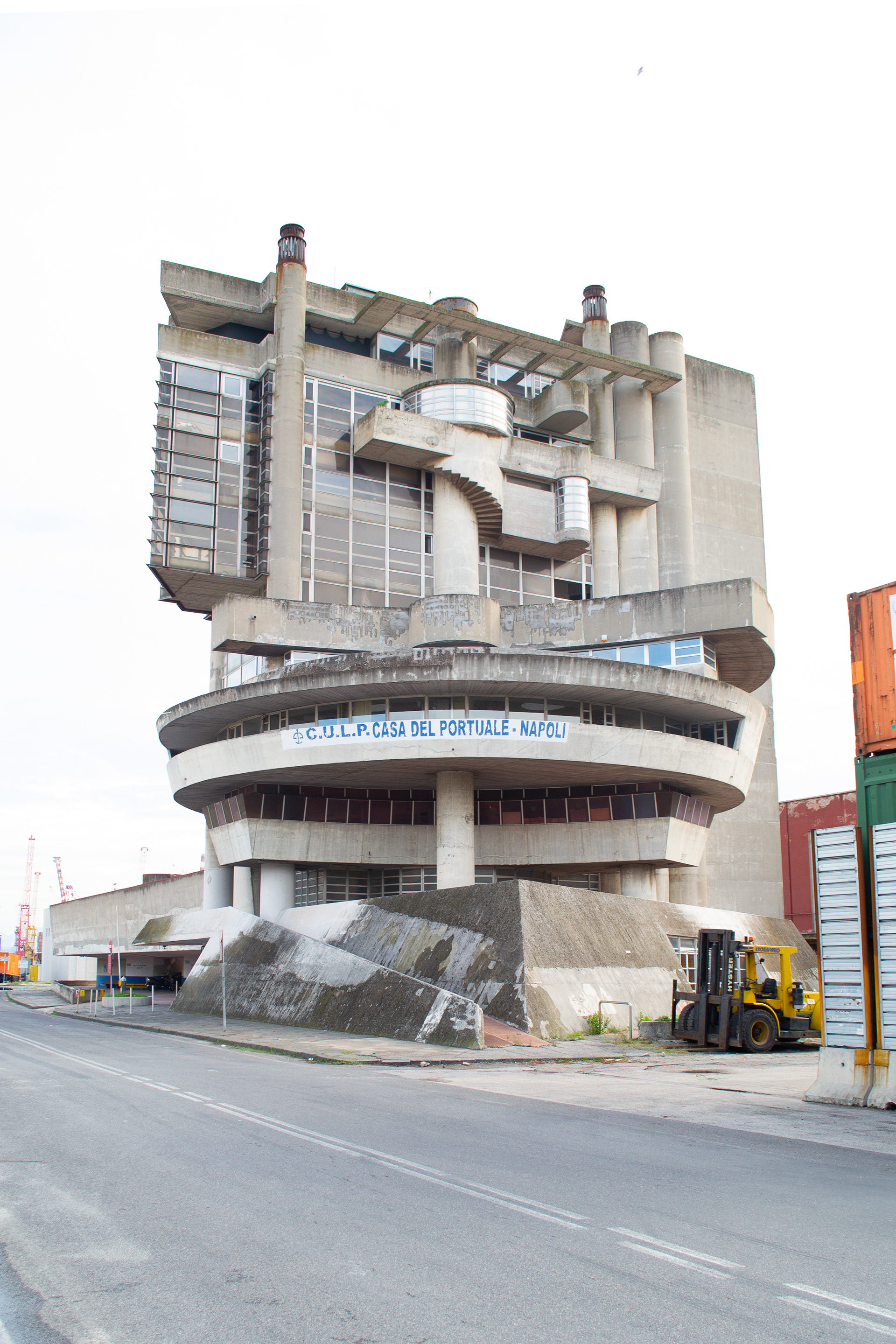
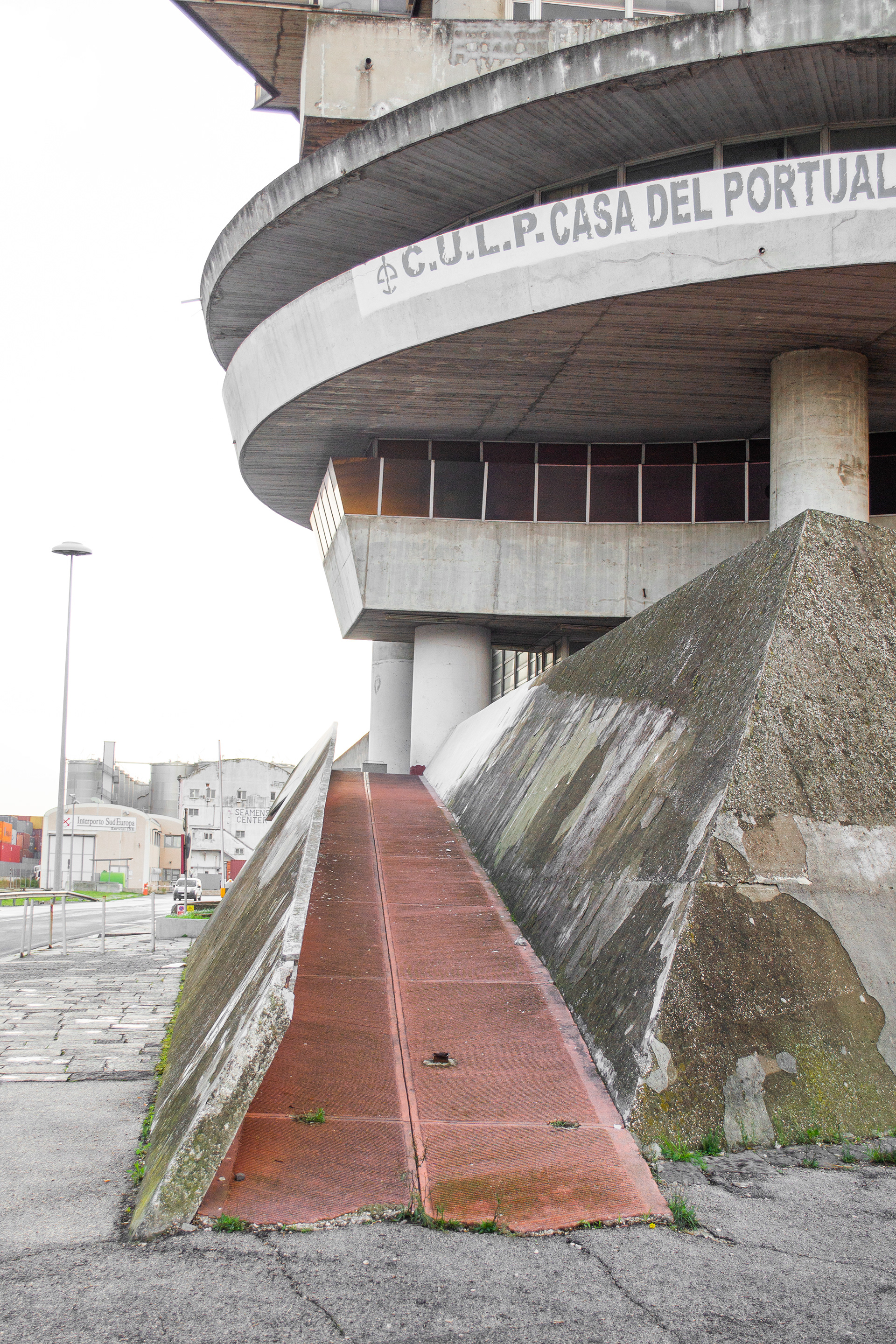

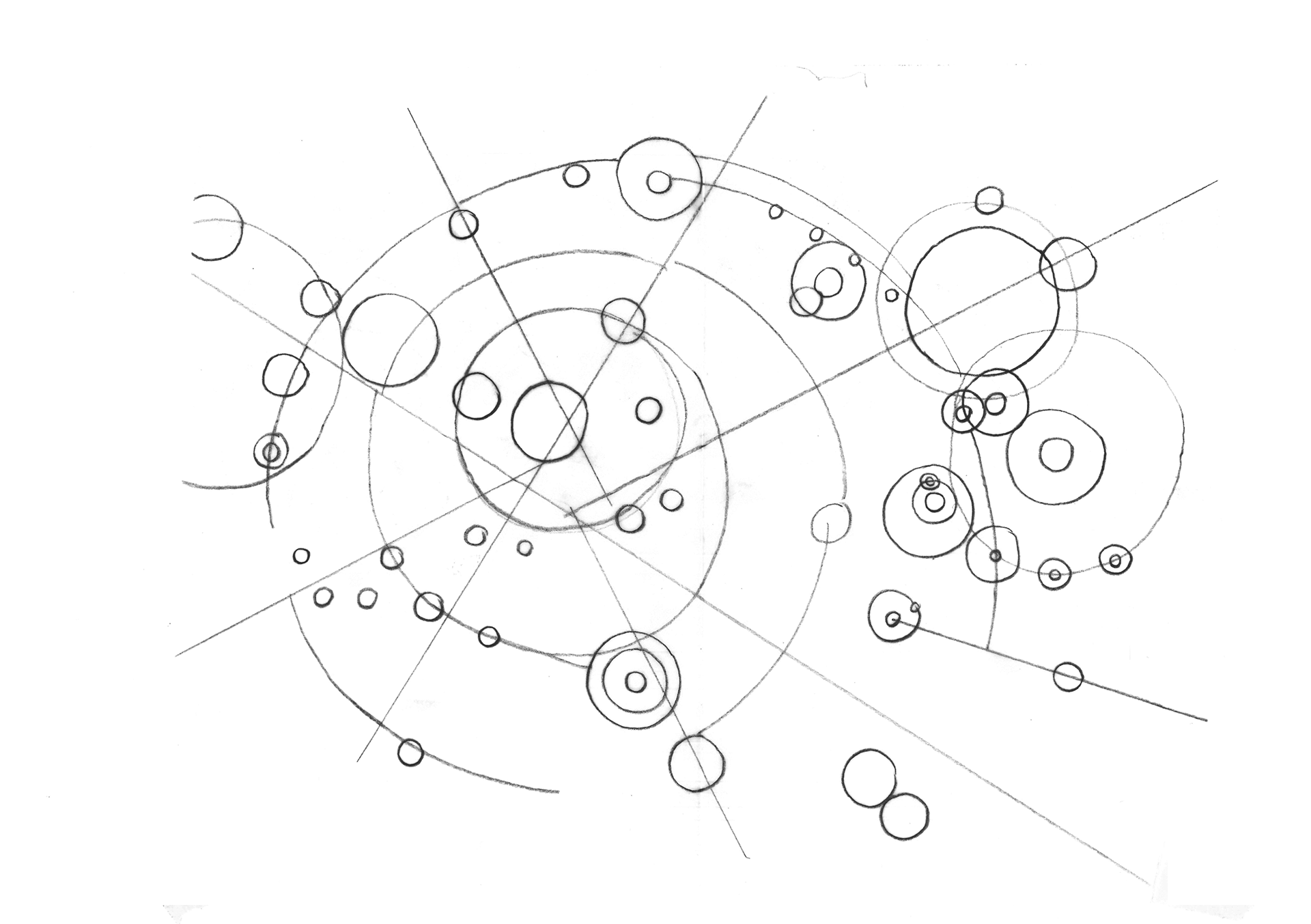
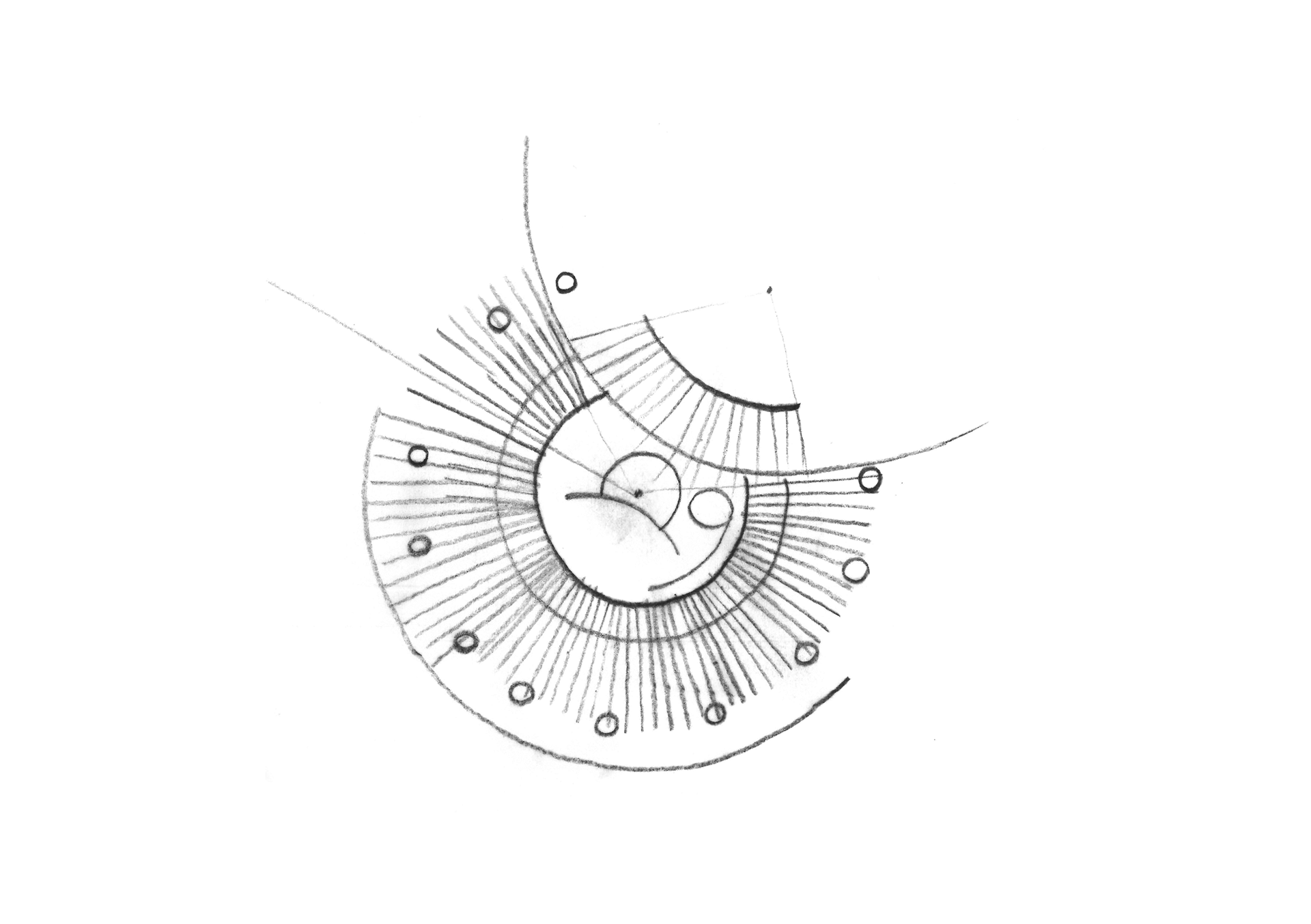

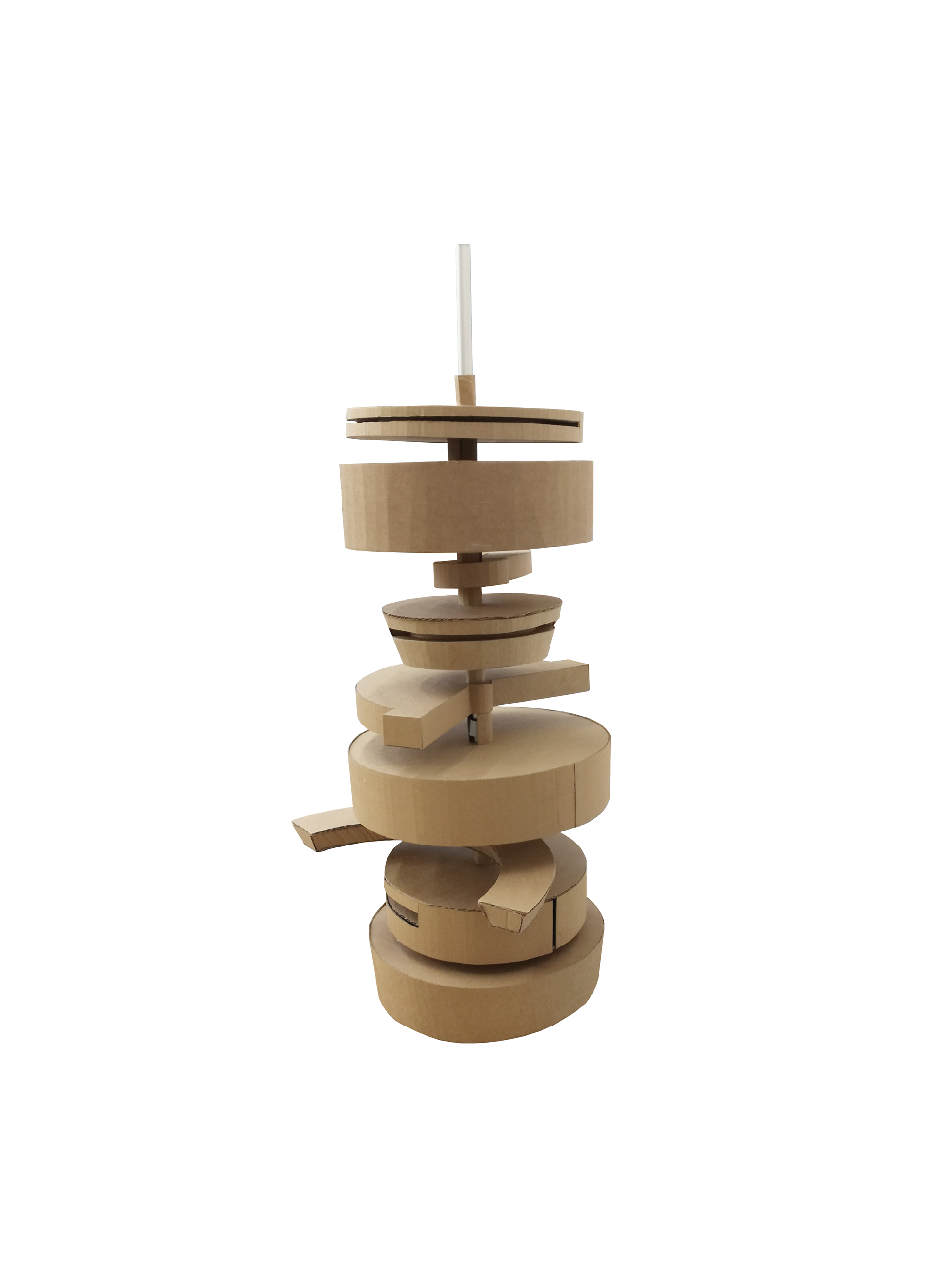

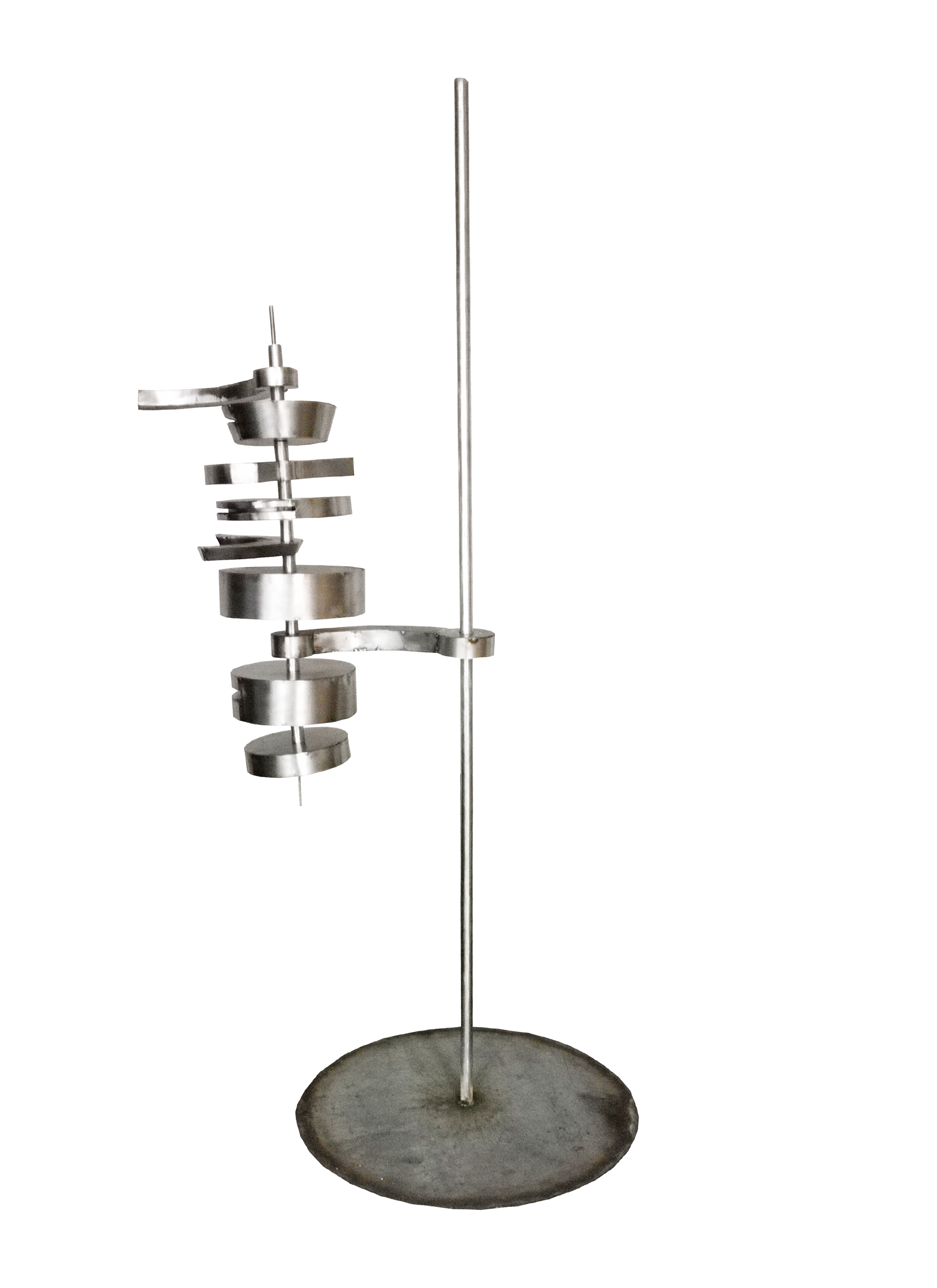
Studio Winter Semester 19/20 / Supervised by Prof. Sybil Kohl, M. Sc. Arch. Pirmin Wollensak / IDG - Institut für Darstellen und Gestalten / University of Stuttgart